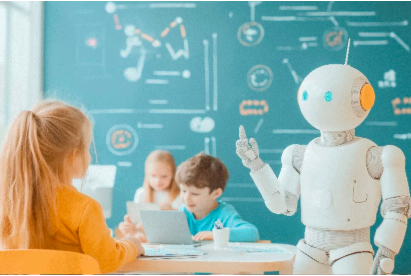In today’s digital learning landscape, students are increasingly turning to technology for academic support—and one tool gaining popularity is the chatbot. Once limited to customer service, chatbots have now found a meaningful role in education, helping students stay engaged, organized, and informed. These AI-powered assistants are reshaping how students learn by offering on-demand help, personalized guidance, and consistent interaction.
Instant Answers and Homework Support
One of the most valuable features of educational chatbots is their ability to provide quick answers to student questions. Whether it’s solving a math problem, clarifying a grammar rule, or explaining a scientific concept, chatbots offer immediate assistance without the need to wait for a teacher’s reply. This helps students maintain learning momentum, especially when studying outside school hours.
Personalized Learning Experiences
Modern chatbots can adapt their responses based on a student’s level of understanding. By using basic AI technology, they assess how a learner interacts and tailor their replies accordingly. This makes it easier for students to grasp challenging topics and revisit areas where they need more practice—offering a kind of digital tutoring that’s accessible anytime.
Encouraging Consistent Study Habits
Many students struggle with staying organized. Chatbots can serve as virtual study buddies by sending reminders for homework, upcoming quizzes, and daily study goals. They help reinforce time management skills and encourage consistency, which is crucial for academic success. For example, a chatbot might prompt a student to review flashcards or practice vocabulary words before bedtime.
Making Learning More Accessible
Chatbots also improve educational access for students who may have difficulty attending in-person tutoring or navigating complex learning systems. With just a mobile device, students can get the support they need—whether they’re in rural areas, dealing with disabilities, or managing busy schedules. By offering a simple and responsive interface, chatbots help bridge learning gaps and reduce barriers.
Supporting Teachers, Not Replacing Them
It’s important to note that chatbots don’t replace teachers—they support them. Educators can use chatbot platforms to automate routine queries, share class materials, or even gather student feedback. This allows teachers to focus more on personalized instruction while still ensuring that learners have resources available 24/7.
Conclusion
As digital tools become more integrated into classrooms, chatbots are emerging as helpful companions in the learning journey. They offer students timely help, keep them on track, and create new opportunities for learning outside the traditional classroom. With thoughtful use, these digital assistants can enhance education and empower students to take charge of their academic growth.














